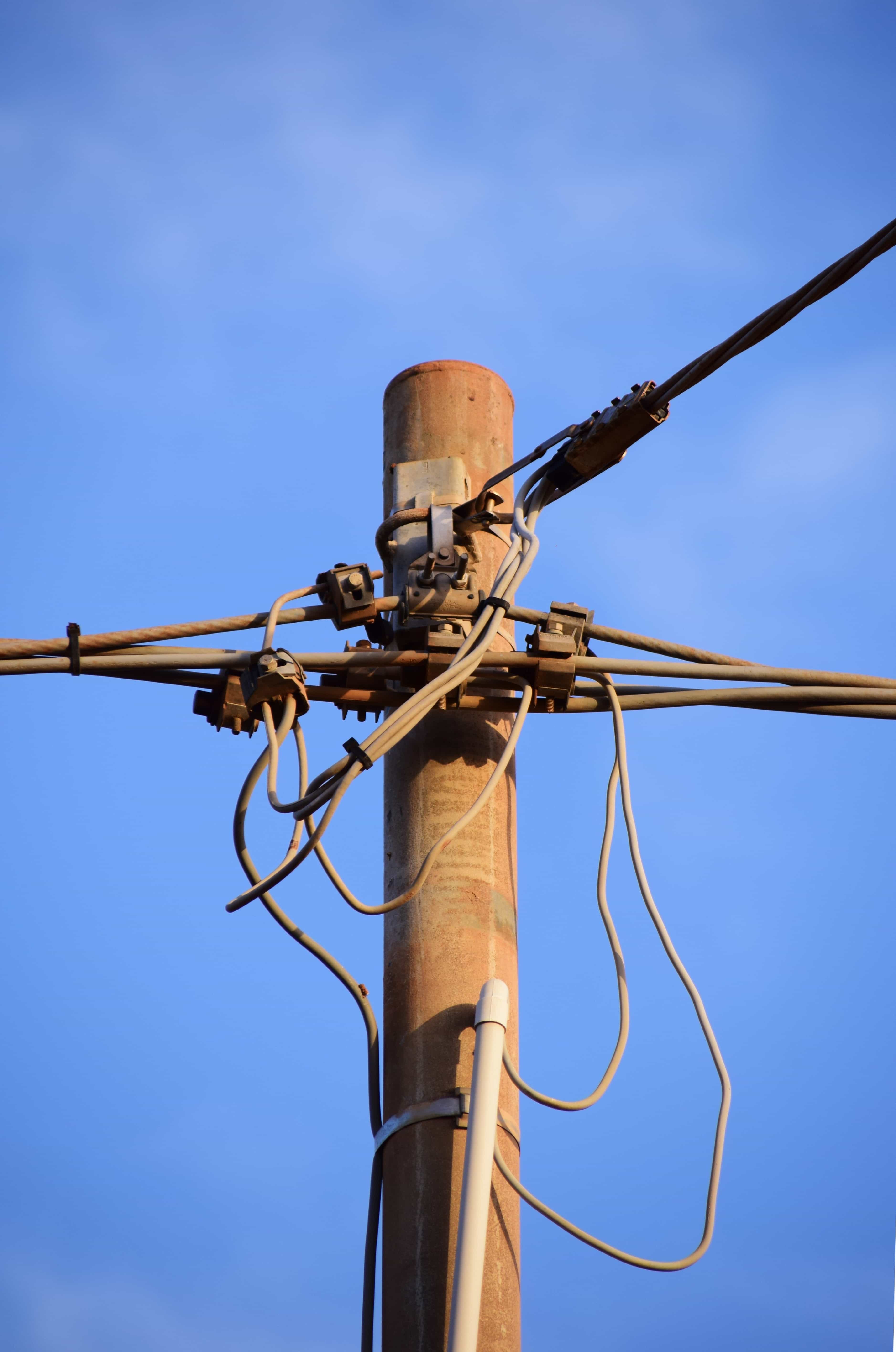Nine What Are Electric Cables April Fools
페이지 정보

본문
For example, this is used to connect the CPU with the motherboard and is generally used for the interconnection of networking devices. The Western Interconnection has two primary interchange voltages: 500 kV AC at 60 Hz, and ±500 kV (1,000 kV net) DC from North to South (Columbia River to Southern California) and Northeast to Southwest (Utah to Southern California). These levels exceed average residential power-frequency magnetic fields in homes, which are about 0.07 μT (0.7 mG) in Europe and 0.11 μT (1.1 mG) in North America. DC cables are not limited in length by their capacitance. Underground lines are limited by their thermal capacity, which permits less overload or re-rating lines. Overhead conductors are supplied by several companies. In the late 1880s and early 1890s smaller electric companies merged into larger corporations such as Ganz and AEG in Europe and General Electric and Westinghouse Electric in the US. If an electric fault damages the pipe and leaks dielectric, liquid nitrogen is used to freeze portions of the pipe to enable draining and repair. The temperature of the pipe and surroundings are monitored throughout the repair period. Faults in buried transmission lines take longer to locate and repair.
Protection of the transmission line from short circuits and other faults is usually so critical that common carrier telecommunications are insufficiently reliable, while in some remote areas no common carrier is available. These cables transmit high voltage electric current and are protected by a shield. The highest voltage then used was 150 kV. Typically, only larger substations connect with this high voltage. The first three-phase alternating current using high voltage took place in 1891 during the international electricity exhibition in Frankfurt. The power transmitted by an AC line increases as the phase angle between source end voltage and destination ends increases, what are electric cables but too large a phase angle allows the systems at either end to fall out of step. Spiraling, which refers to the way stranded conductors spiral about the center, also contributes to increases in conductor resistance. 6 American wire gauge) to 750 mm2 (1,590,000 circular mils area), with varying resistance and current-carrying capacity. Transmission companies determine the maximum reliable capacity of each line (ordinarily less than its physical or thermal limit) to ensure that spare capacity is available in the event of a failure in another part of the network. Reliability was improved and capital costs were reduced, because stand-by generating capacity could be shared over many more customers and a wider area.

Underground power transmission has a significantly higher installation cost and greater operational limitations, but lowers maintenance costs. Thus, reducing the current by a factor of two lowers the energy lost to conductor resistance by a factor of four for any given size of conductor. Electricity is transmitted at high voltages to reduce the energy loss due to resistance that occurs over long distances. Transmission voltages increased throughout the 20th century. High-temperature superconductors (HTS) promise to revolutionize power distribution by providing lossless transmission. And since conductance is proportional to cross-sectional area, resistive power loss is only reduced proportionally with increasing cross-sectional area, providing a much smaller benefit than the squared reduction provided by multiplying the voltage. For large conductors (more than a few centimetres in diameter), much of the current flow is concentrated near the surface due to the skin effect. Thus, generators were sited near their loads, a practice that later became known as distributed generation using large numbers of small generators. Alternating current's economies of scale with large generating plants and long-distance transmission slowly added the ability to link all the loads. Interconnecting multiple generating plants over a wide area reduced costs.
This restricted the distance between generating plant and loads. The first transmission of single-phase alternating current using high voltage came in Oregon in 1890 when power was delivered from a hydroelectric plant at Willamette Falls to the city of Portland 14 miles (23 km) down river. If demand exceeds supply, the imbalance can cause generation plant(s) and transmission equipment to automatically disconnect or shut down to prevent damage. Local sources (even if more expensive and infrequently used) can protect the power supply from weather and other disasters that can disconnect distant suppliers. Remote and low-cost sources of energy, such as hydroelectric power or mine-mouth coal, could be exploited to further lower costs. Cable and excavation costs are much higher than overhead construction. Joule's first law states that energy losses are proportional to the square of the current. In April 2022, the Biden Administration streamlined environmental reviews for such projects, and in May 2022 announced competitive grants for them funded by the 2021 Bipartisan Infrastructure Law and 2022 Inflation Reduction Act. In the worst case, this may lead to a cascading series of shutdowns and a major regional blackout. HVDC links stabilize power distribution networks where sudden new loads, or blackouts, in one part of a network might otherwise result in synchronization problems and cascading failures.
- 이전글The Biggest Problem With Best Sleeper Couch And How You Can Fix It 24.09.13
- 다음글Смотреть порно ролики онлайн 24.09.13
댓글목록
등록된 댓글이 없습니다.

